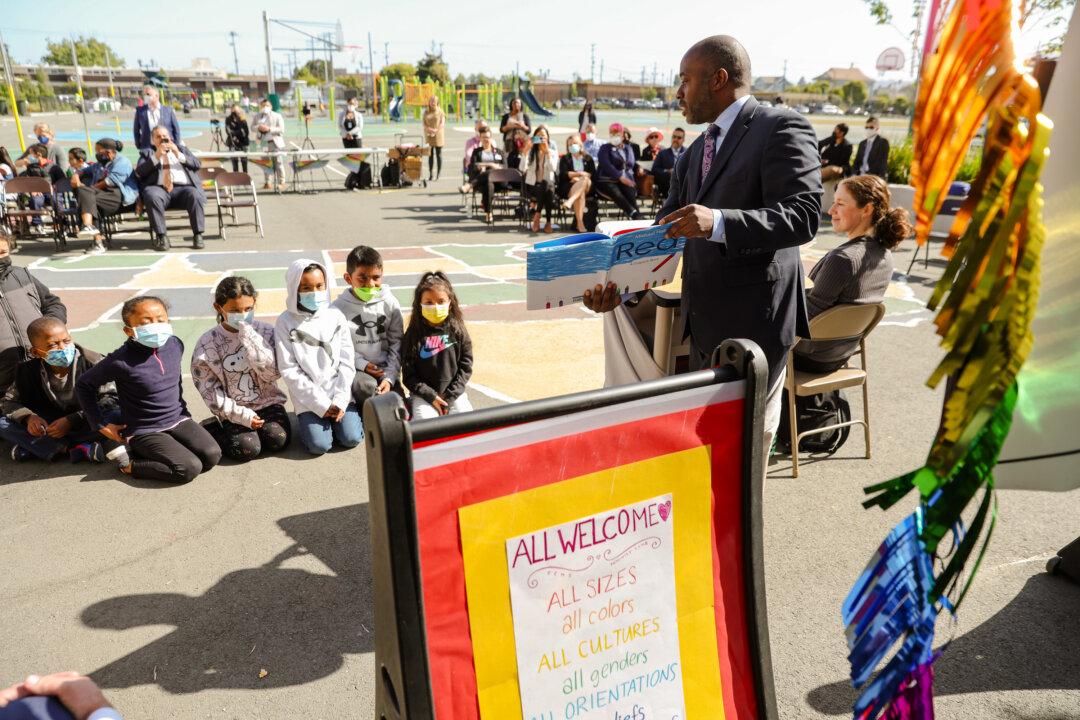California’s public school children continue to struggle academically, reports show, even as the state has spent hundreds of billions of dollars on K–12 education in recent years, and the governor’s budget for the upcoming fiscal year maintains such numbers.
State funding reached a record-high $110.6 billion for the 2021–22 fiscal year and $110.4 billion for the current fiscal year. Gov. Gavin Newsom’s recently revised May budget (pdf) proposal promises $106.8 billion to the state’s schools.





